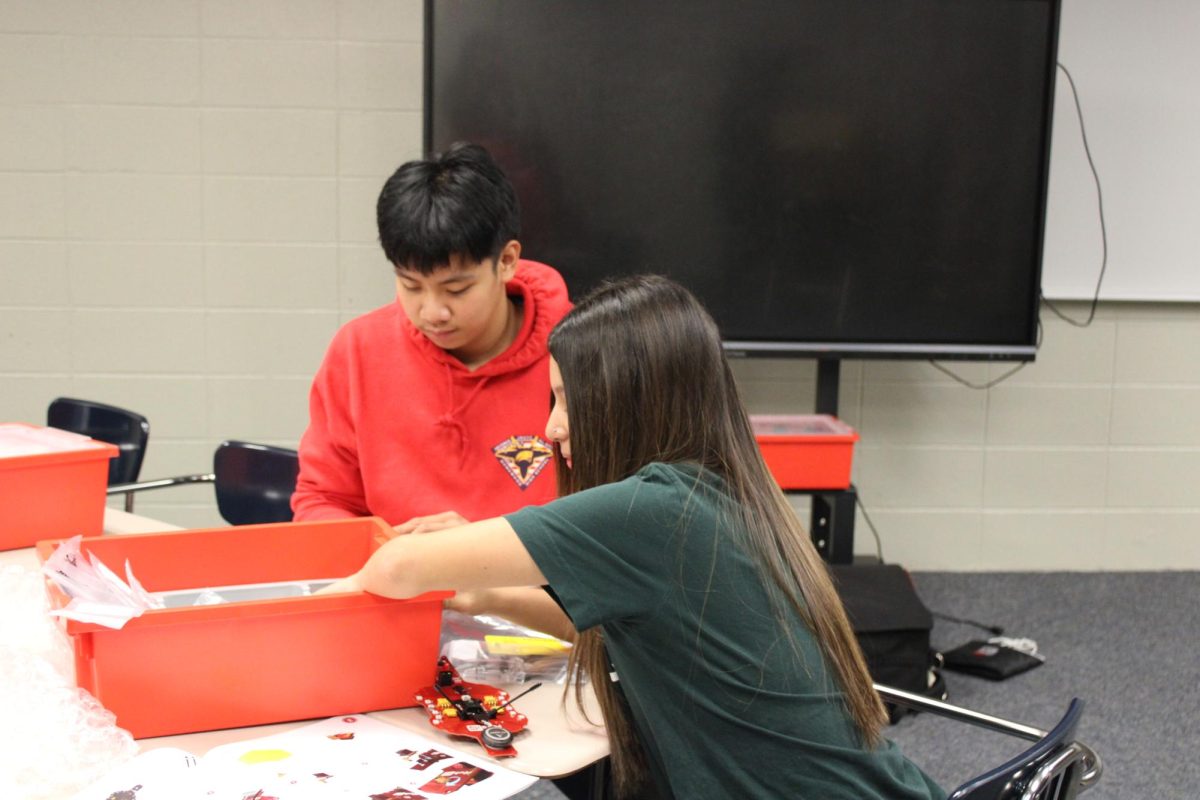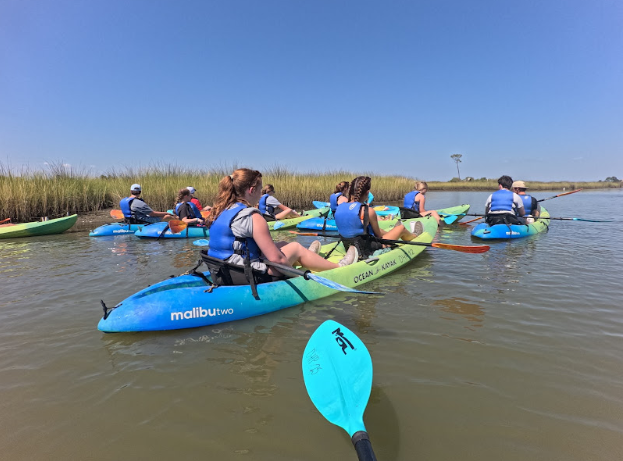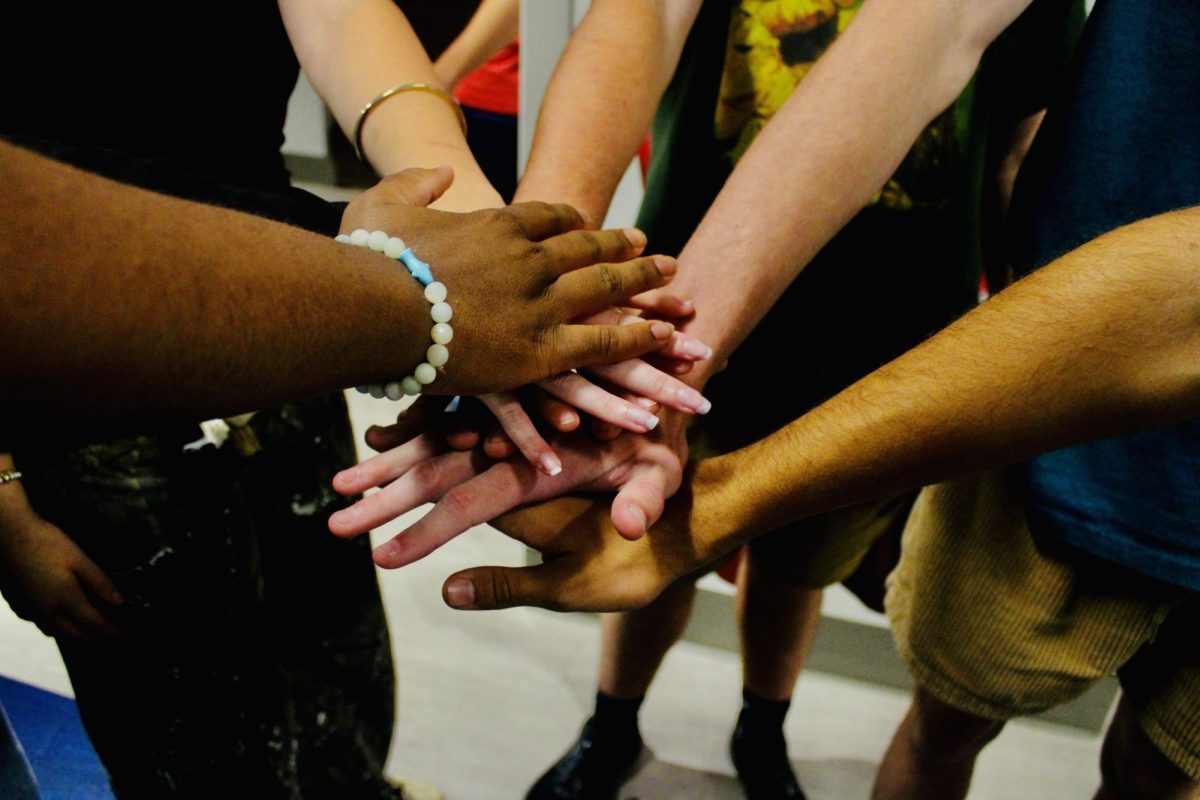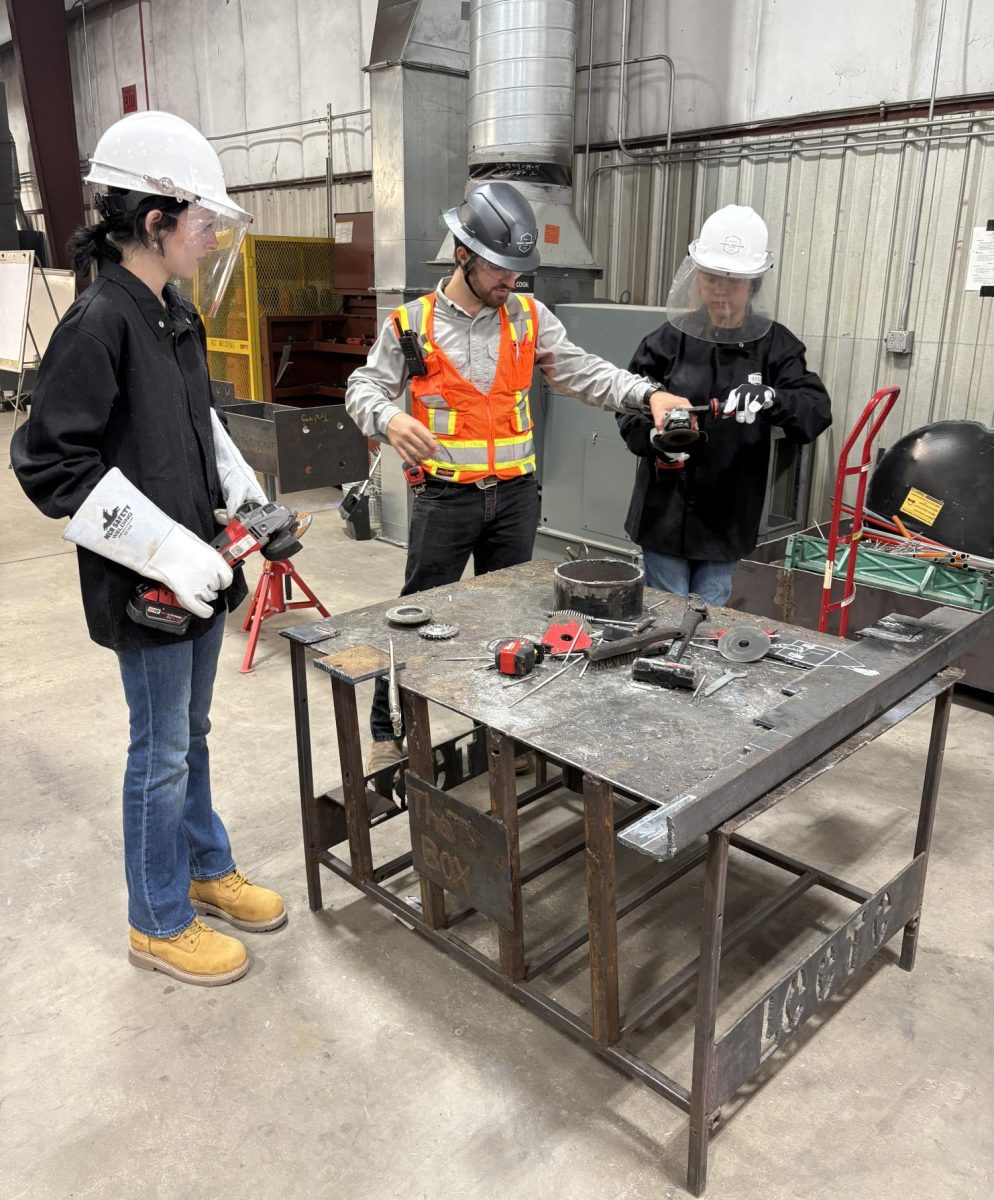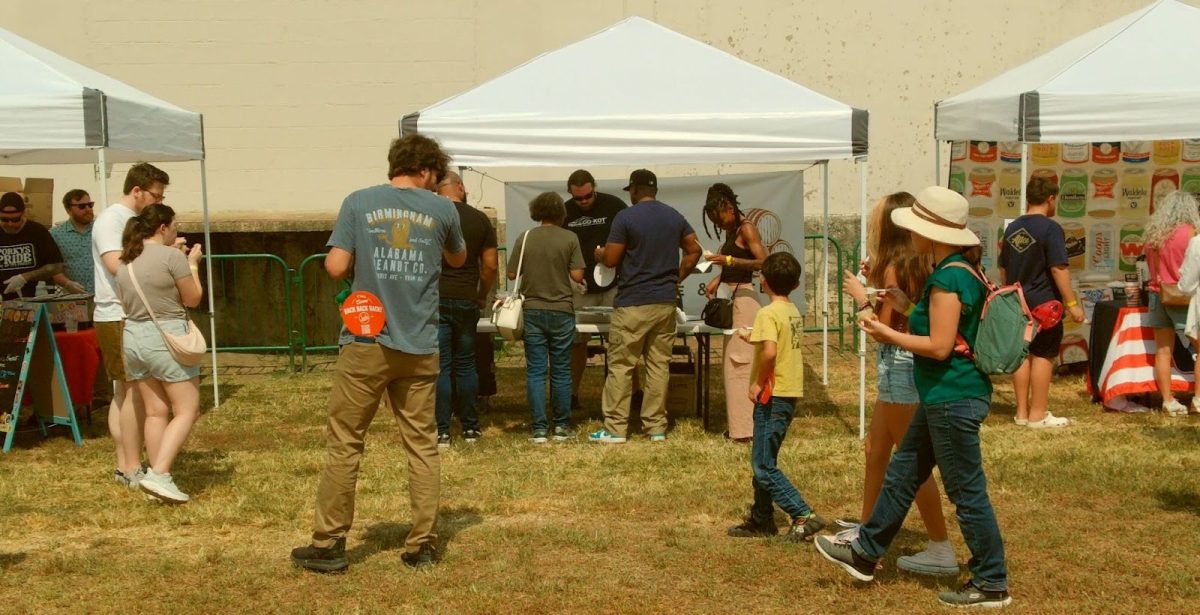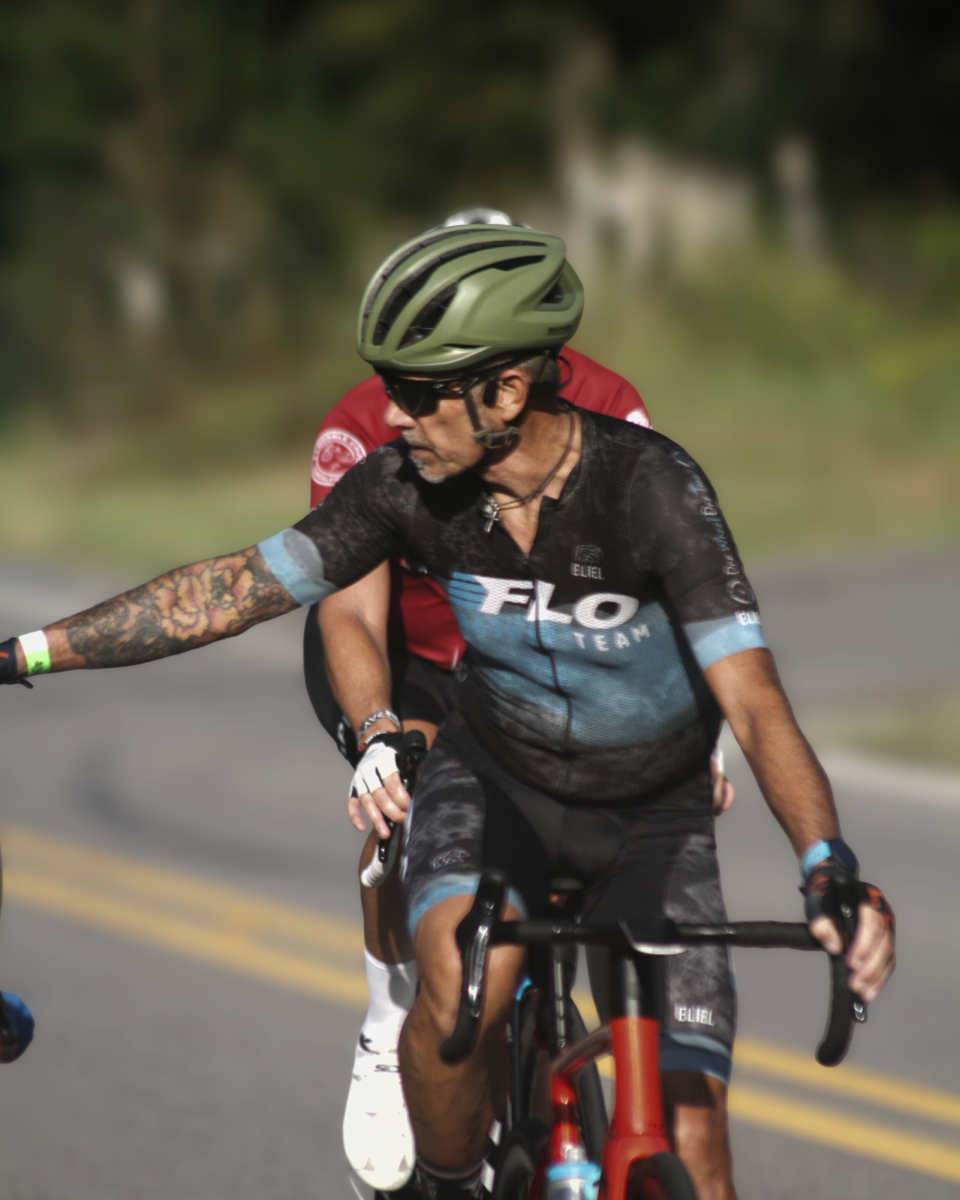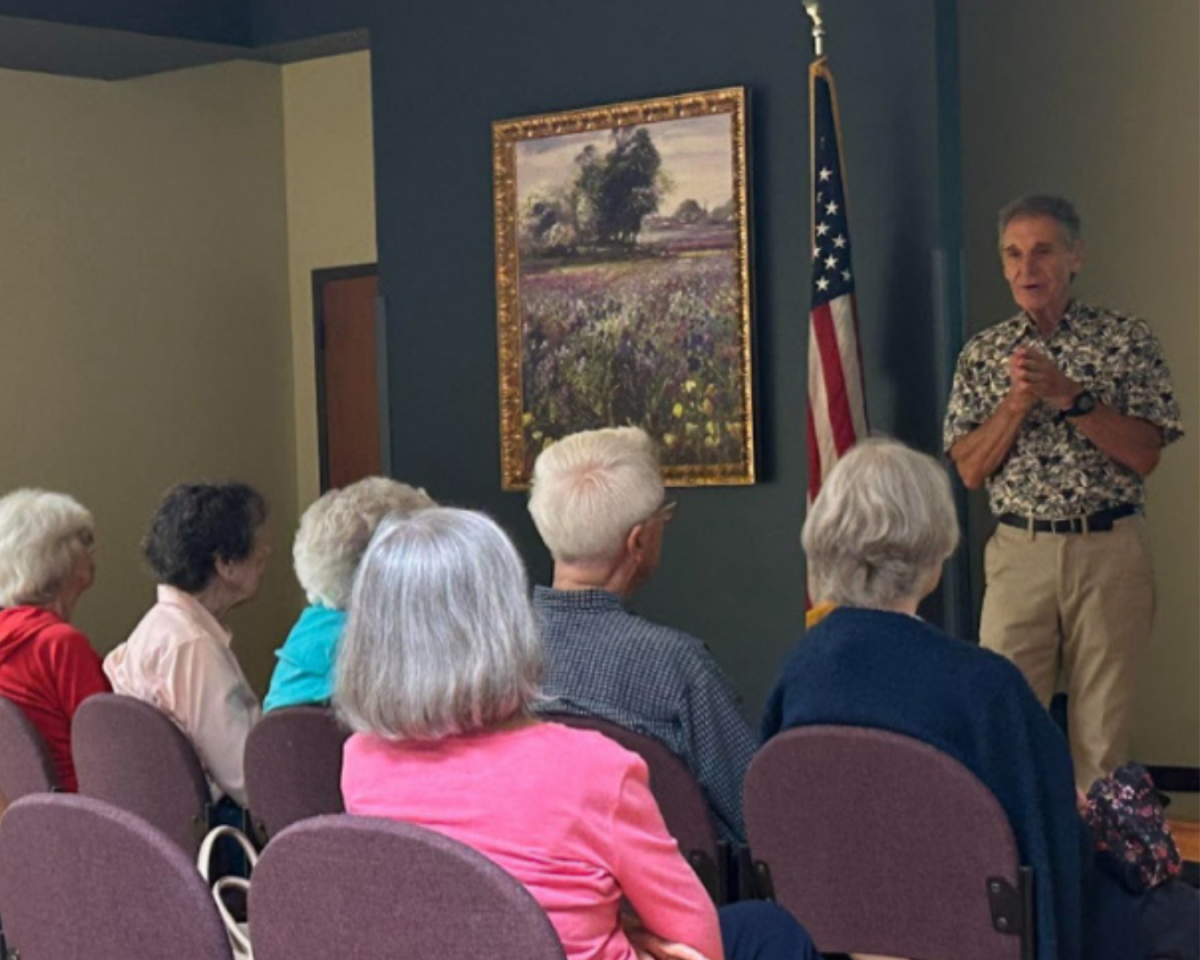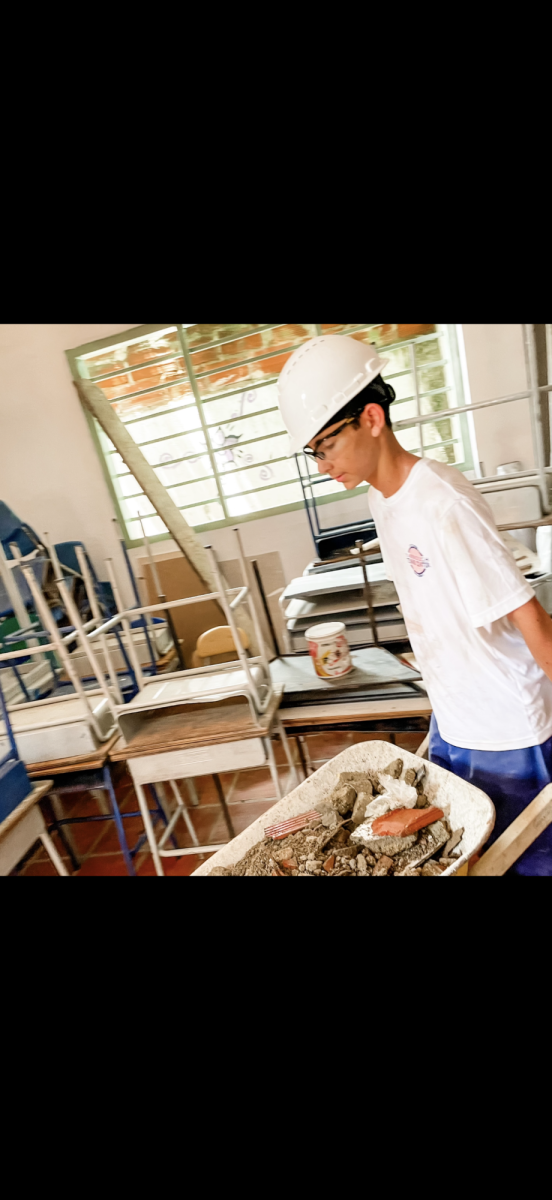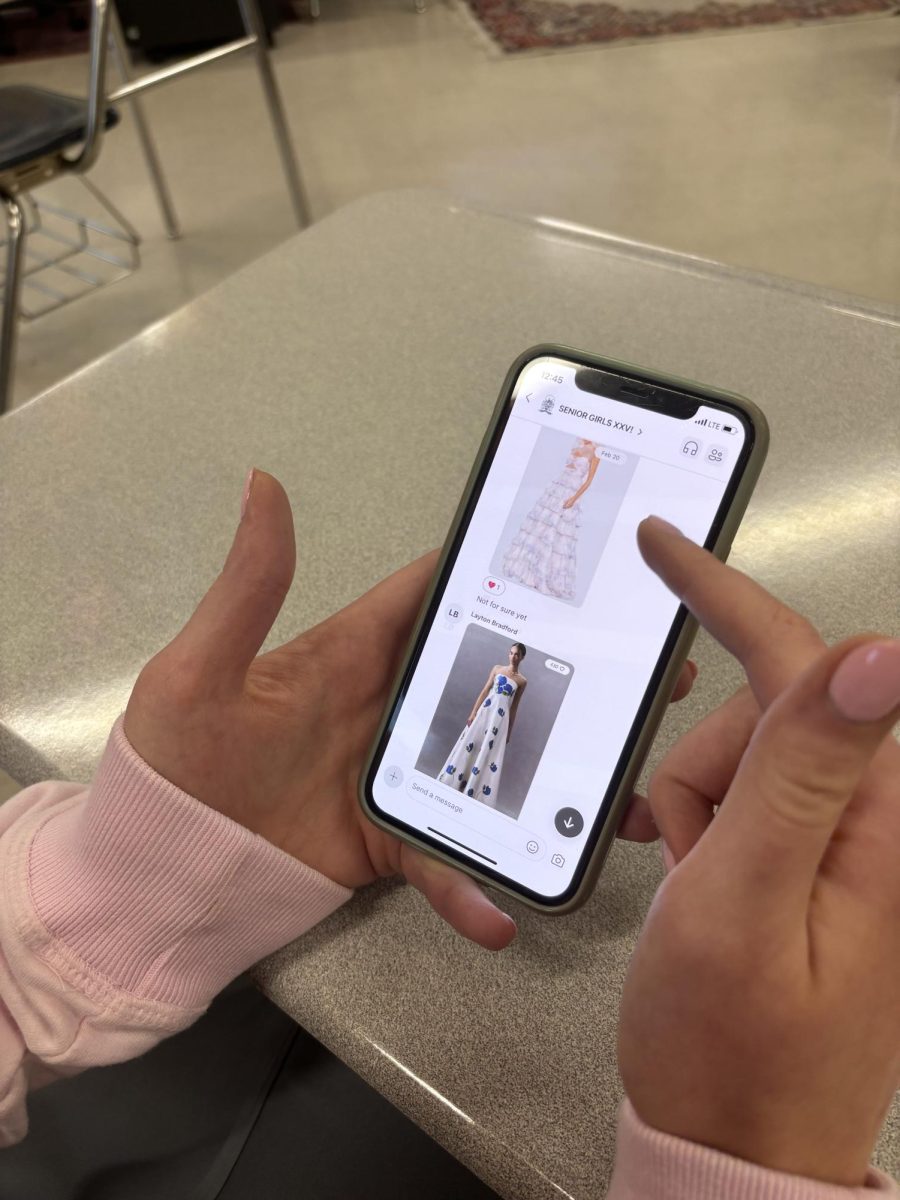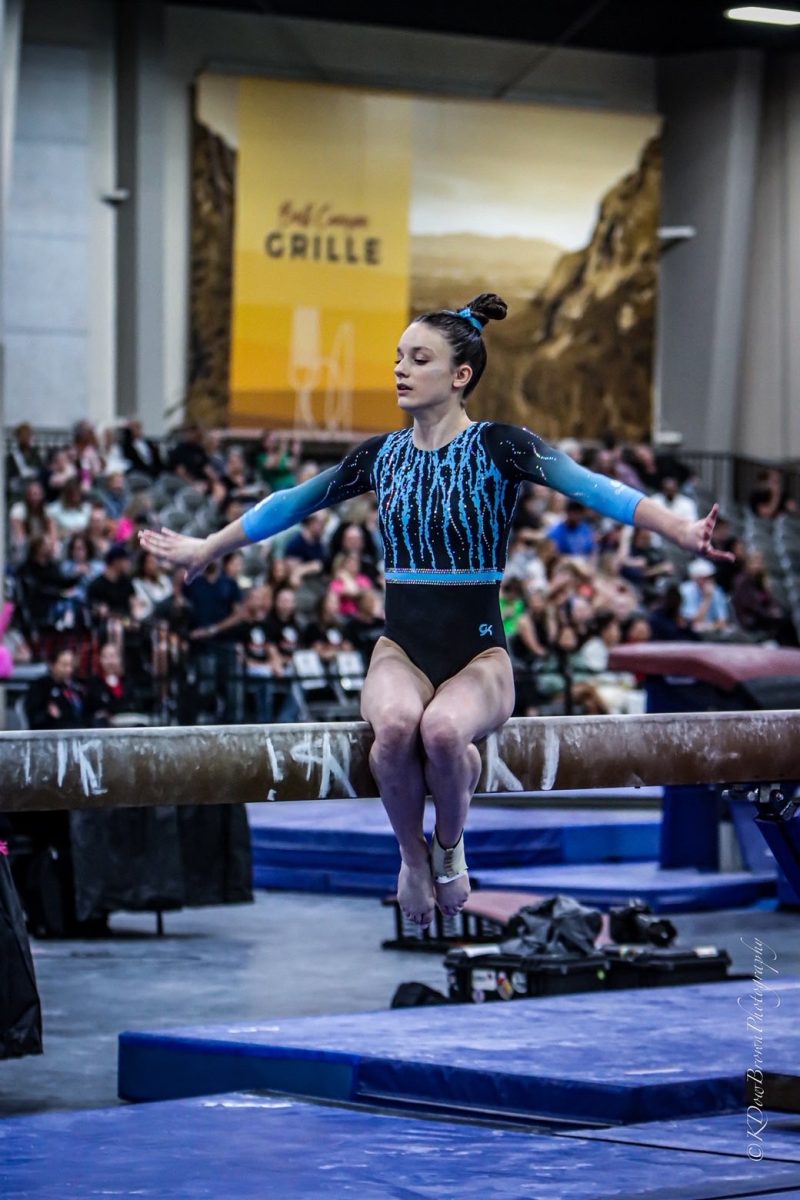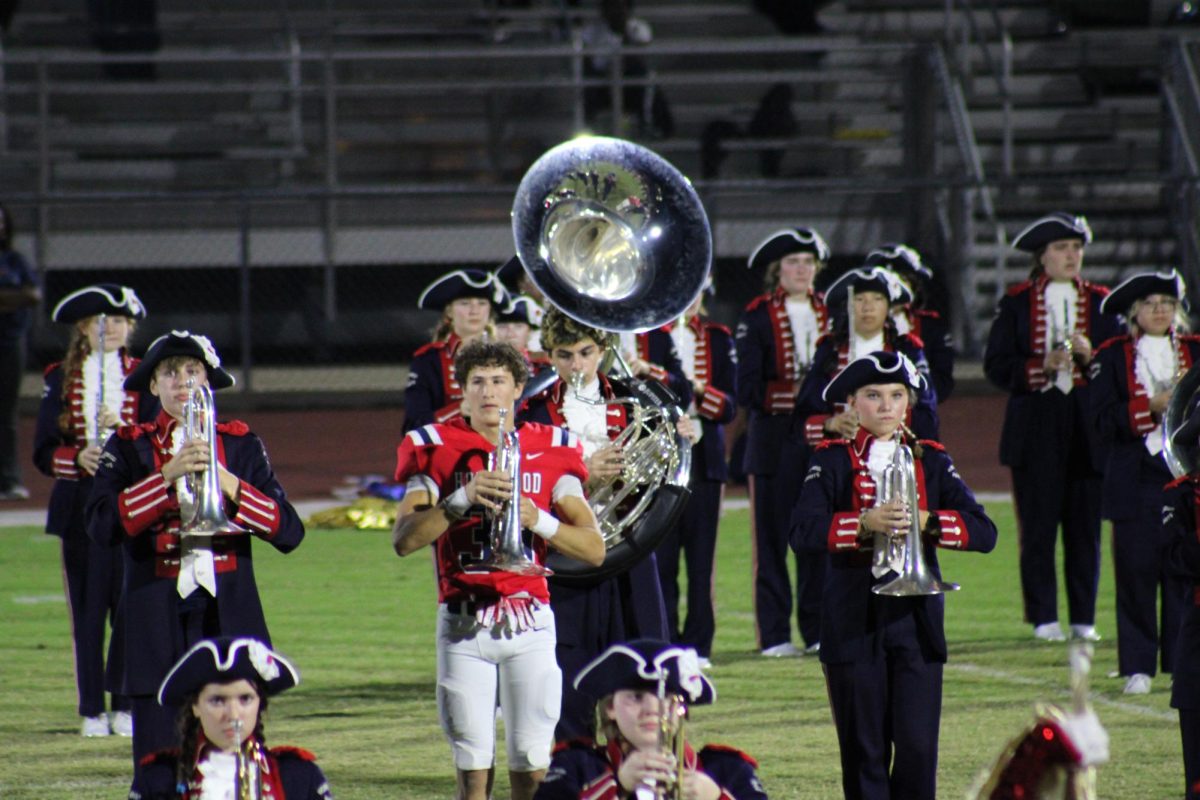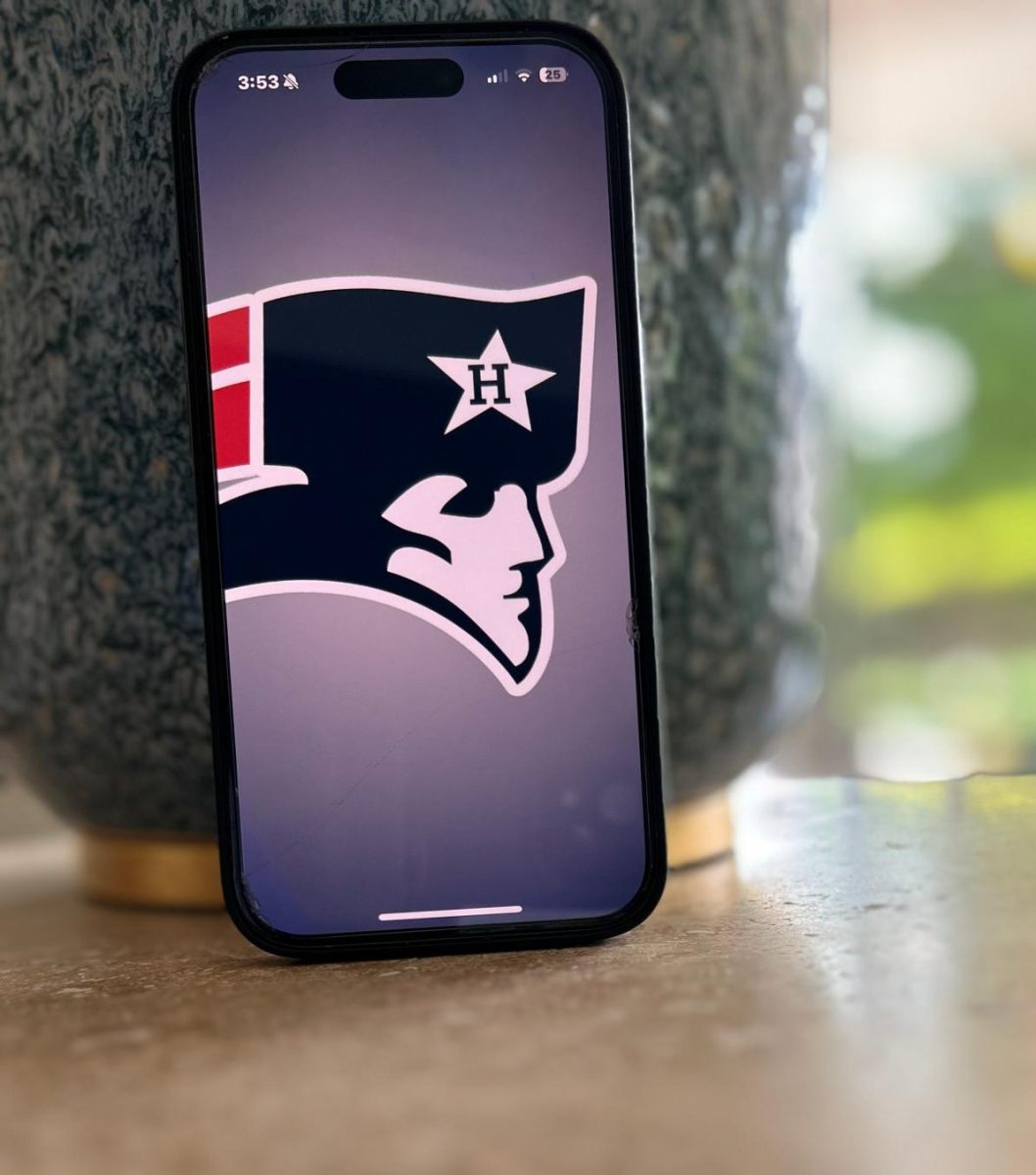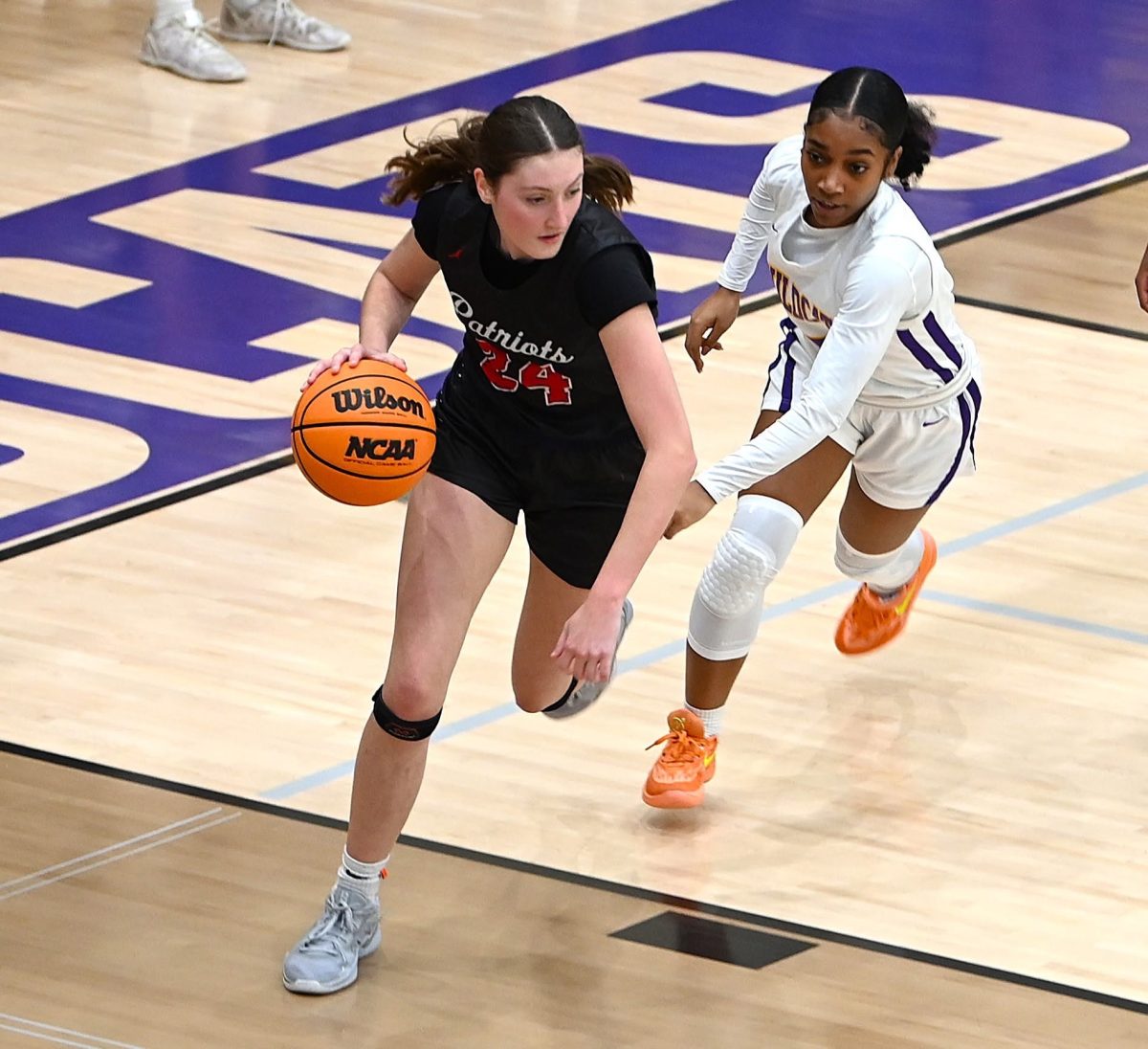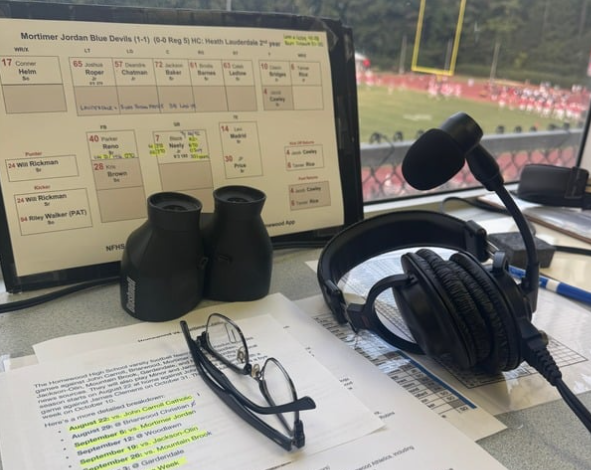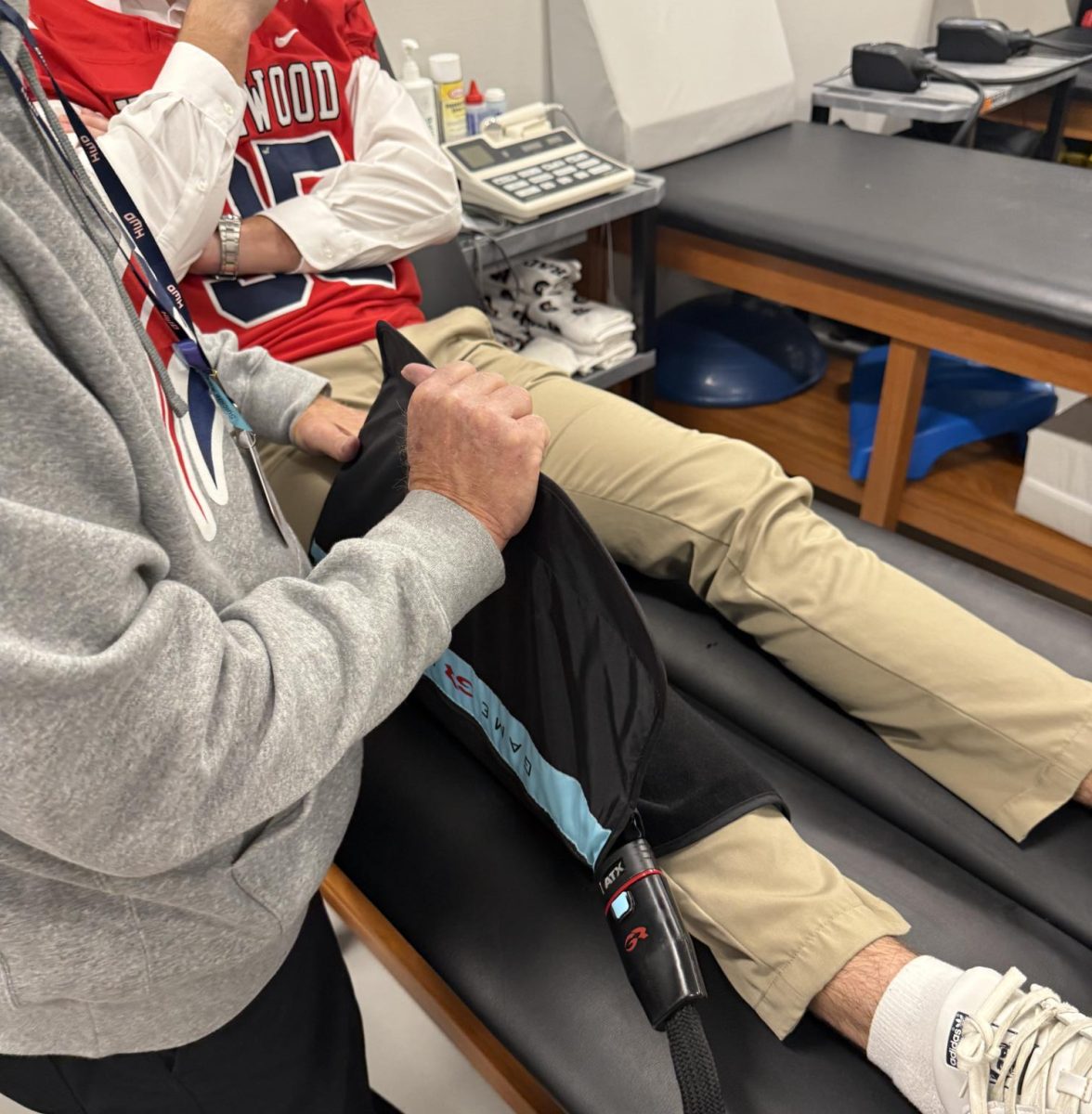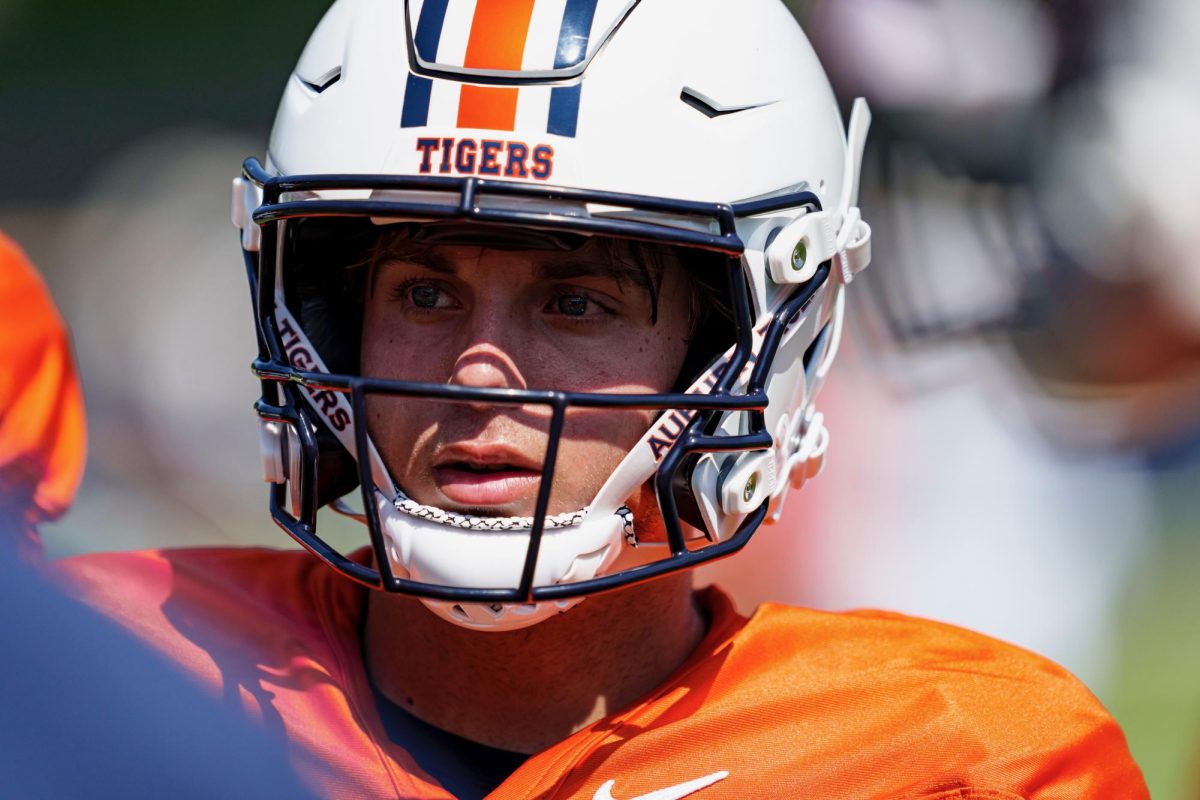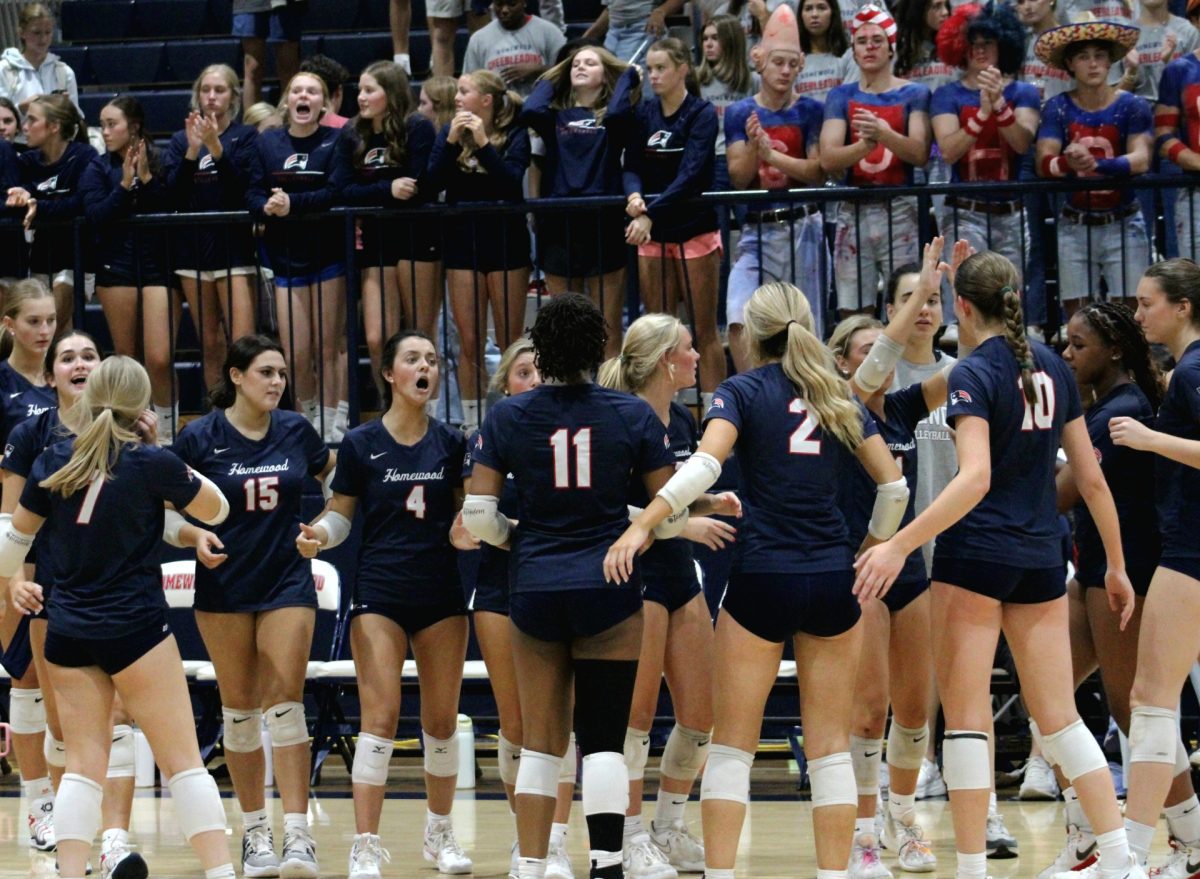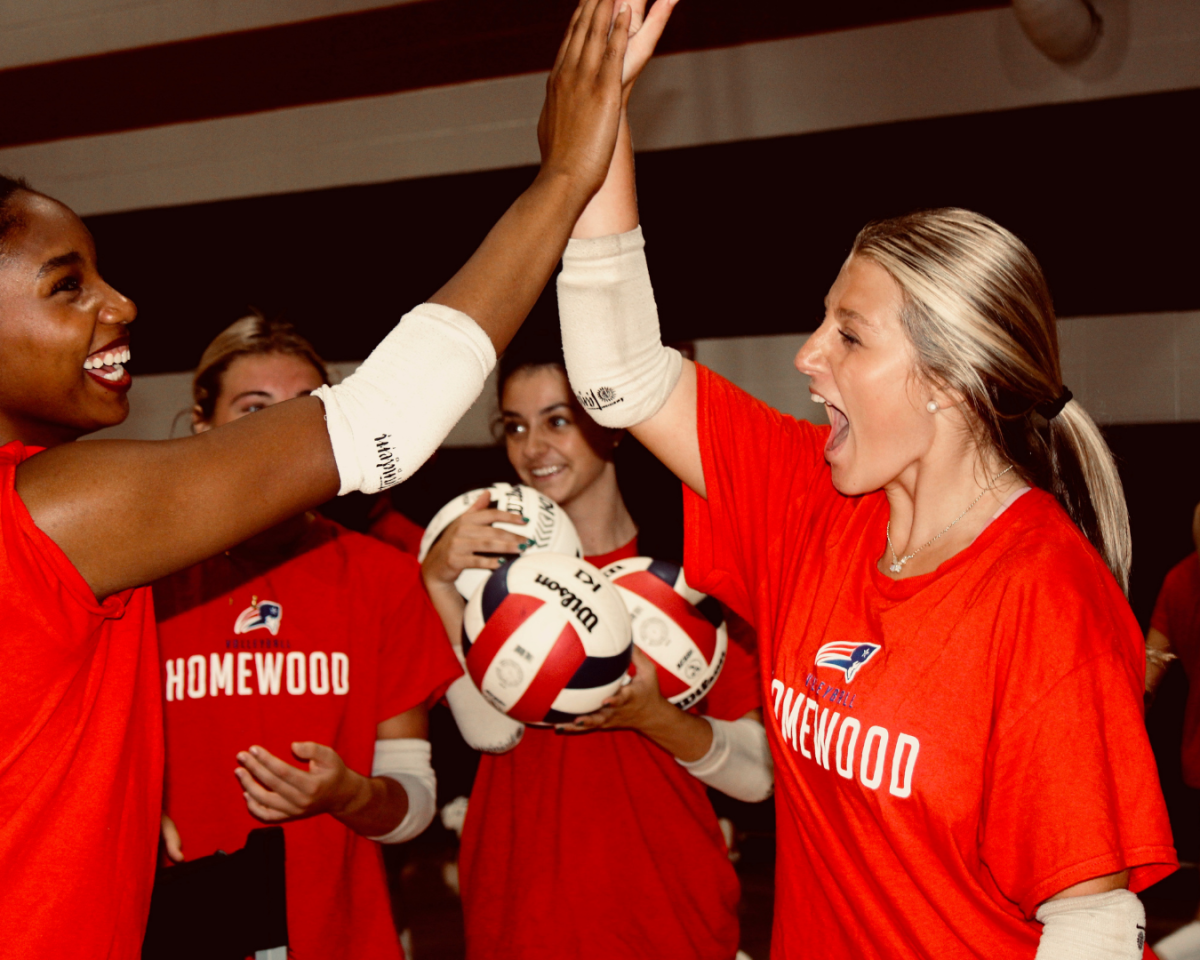The anterior cruciate ligament, commonly known as the ACL, is one of the most frequently injured body parts. According to the Cleveland Clinic, over 200,000 ACL surgeries are performed in the United States each year. The incidence of these tears has risen sharply in recent decades, especially among adolescents (Johns Hopkins Medicine).
Experts attribute this increase to the growing intensity of youth sports, more frequent diagnoses due to better awareness, and early, intensive sports training (American Academy of Pediatrics).
The most common tears are caused by sports such as football, basketball and soccer, which all inflict significant stress on the knee area.
At Homewood High School, these injuries have become a frequent challenge for coaches, as players find themselves sidelined with severe injuries at higher rates.
High-agility sports put young athletes, particularly girls, at a greater risk. In fact, female athletes are 3.5 times more likely than males to suffer an ACL injury in basketball and 2.8 times more likely in soccer (National Library of Medicine).
Recovery from ACL surgery typically requires six to nine months, demanding focus and dedication from athletes striving to rejoin their teams.
Edwin Harris, the certified athletic trainer at HHS, noted that non-contact ACL tears are the most common type he sees among student-athletes. Non-contact injuries often occur when an athlete makes a sudden change in direction, decelerates or lands incorrectly after a jump.
“The knee is a hinge joint, which means it moves in flexion and extension…and has very little rotation,” Harris said.
Although only around 4% of athletes experience ACL tears in both knees, Harris has seen an “unusual” increase in bilateral ACL injuries among female athletes at Homewood, with three girls sustaining ACL tears in both knees over the past three years.
The alarming rate of ACL injuries in young female athletes has prompted Harris to explore preventive strategies, particularly in middle school athletes.
“We’re working on implementing some jumping programs and a wider variety of training as the female athletes mature,” Harris said.
While strength training is beneficial, Harris emphasized that plyometric training is also critical in minimizing ACL injury risk, as it helps athletes develop safer movement mechanics.
The physical challenge of an ACL tear often leads to mental struggles as well. Sadie Busbee, HHS senior soccer and track athlete has torn both ACLs during her high school career and recognizes the psychological toll of her injuries.
“Realizing I wasn’t where I needed to be, and not being at the same level as everybody else was really hard, just discouraging in a way.” Busbee said, “I’m mentally ready but not physically.”
As ACL injuries continue to affect athletes, schools like Homewood are committed to improving preventive measures, helping athletes minimize the risk of injury and navigate the recovery process both physically and mentally.

